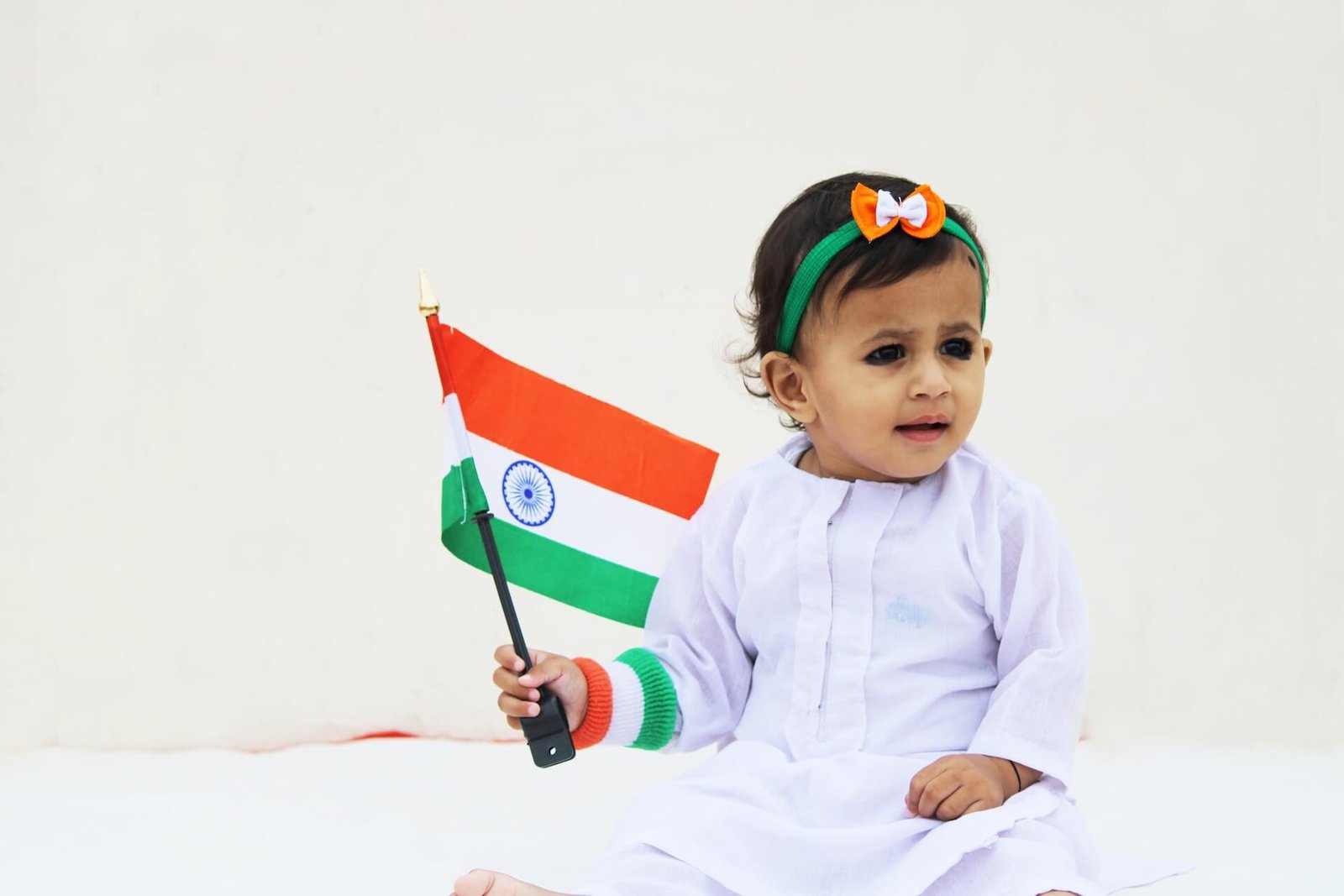The history of Indian apparel clothing industry dates back to ancient times when India was known for its flourishing textile and garment industry. The country has a rich tradition of textile production and skilled craftsmanship, which has been appreciated worldwide for centuries. Here’s a brief overview of the history of garment manufacturing industry in India:
| Era of Indian Clothing Manufacturer | Evolution of Indian Clothing Manufacturer |
|---|---|
| Ancient and Medieval Era (Before 16th century) | – Flourishing textile production, especially cotton cultivation and weaving. – Indian textiles traded internationally, gaining a global reputation. |
| Mughal Era (16th to 18th century) | – Introduction of various weaving techniques and designs, leading to the production of exquisite fabrics like Banarasi silk and Jamdani. – Mughal emperors’ patronage of the textile industry. |
| Colonial Era (18th to mid-20th century) | – Impact of European traders, particularly the British, leading to the decline of indigenous textile production. – British policies promoting raw material export over finished goods, affecting local manufacturers. |
| Independence and Post-Independence (1947 onwards) | – Renewed focus on reviving and promoting the indigenous textile industry after gaining independence. – Establishment of textile mills to support mass production. |
| Liberalization and Globalization (1990s) | – Economic liberalization led to significant growth in the textile and garment industry. – Entry of international brands and the rise of export-oriented manufacturing. |
| Modern Era (21st century) | – India becomes one of the world’s largest producers and exporters of textiles and garments. – Embracing technological advancements and sustainable practices. – Preserving rich heritage and craftsmanship while offering a diverse range of clothing products. |
Ancient and Medieval Era:
- India has a long history of textile production, with evidence of cotton cultivation and weaving dating back to around 5000 BCE in the Indus Valley Civilization.
- During the medieval era, Indian textiles, particularly fine muslins, were highly sought after in the international trade market. Indian merchants traded with the Roman Empire, Middle East, and Southeast Asia, establishing a global reputation for their textiles.
Mughal Era:
- The Mughal period (1526-1857) marked a significant phase in the development of Indian textiles and clothing manufacturing.
- The Mughal emperors, known for their patronage of arts and culture, encouraged the growth of the textile industry. They introduced various weaving techniques and designs, leading to the production of exquisite fabrics like Banarasi silk and Jamdani.
Colonial Era:
- The arrival of European traders, particularly the British, impacted the Indian textile industry. The British colonization of India in the 18th and 19th centuries led to the decline of indigenous textile production as they imposed tariffs and encouraged raw material export over finished goods.
Independence and Post-Independence:
- After India gained independence in 1947, there was a renewed focus on reviving and promoting the indigenous textile industry. The government initiated policies to support and protect local manufacturers.
- The 1950s and 1960s saw the establishment of several textile mills, which contributed to the growth of mass textile production in India.
Liberalization and Globalization:
- In the 1990s, India underwent economic liberalization, opening up its markets to foreign investments and trade.
- The textile and garment industry experienced significant growth during this period, with the entry of international brands and the rise of export-oriented manufacturing.
Modern Era:
- Today, India is one of the world’s largest producers and exporters of textiles and garments. Garment manufacturing industry in India cater to both domestic and international markets, offering a wide range of products from traditional ethnic wear to contemporary western styles.
The garment manufacturing industry in India continues to evolve, embracing technological advancements, sustainable practices, and innovative designs while preserving its rich heritage and craftsmanship. It remains an essential sector in India’s economy and cultural identity.




